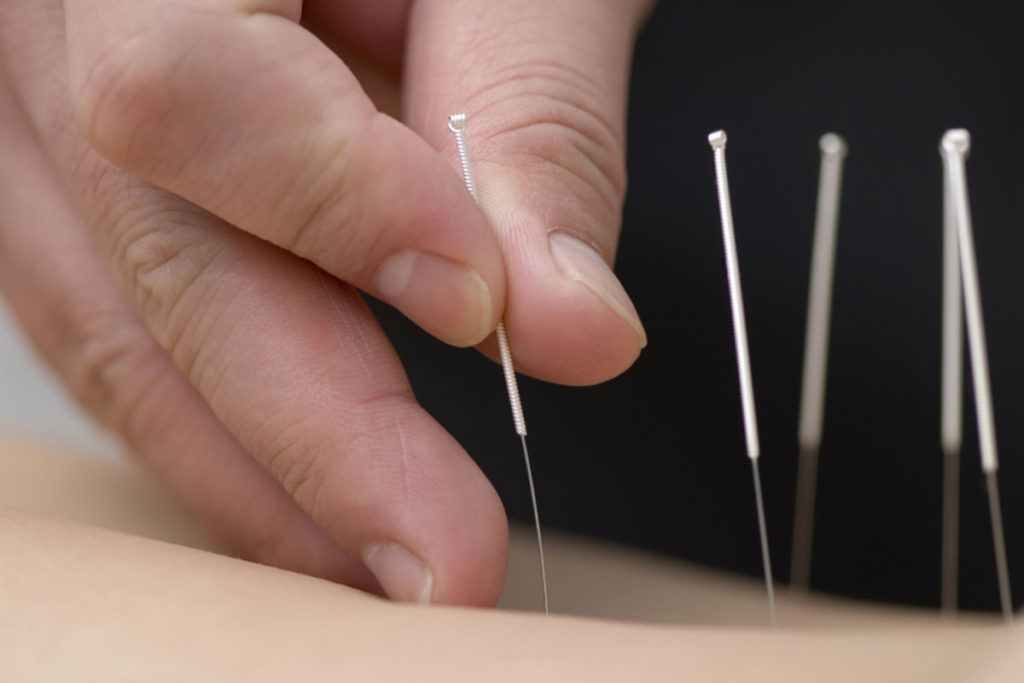Medical Acupuncture
Medical Acupuncture
 Contemporary Medical Acupuncture takes an ancient therapy and re-defines its mechanisms and effects using present-day scientific understanding of human physiology.
Contemporary Medical Acupuncture takes an ancient therapy and re-defines its mechanisms and effects using present-day scientific understanding of human physiology.
What is Contemporary Medical Acupuncture (ART)?
Contemporary Medical Acupuncture takes an ancient therapy and re-defines its mechanisms and effects using present-day scientific understanding of human physiology. At first glance, Contemporary Medical Acupuncture may look strikingly similar to Traditional Chinese Acupuncture. Small thin needles are inserted into various points in the body, including hands, feet and scalp, and left in place for a period of time before removal. At times the practitioner may attach a small electrical device to one or more needles to aid in treatment and at other times may choose to use no electrical input. However, considerable differences exist between Contemporary Medical Acupuncture theory and the traditional Chinese approach. In contemporary acupuncture, your practitioner treats you only after a conventional medical/neuro-functional diagnosis has been made. The practitioner will use acupuncture as a treatment modality along with other therapies, as needed. The Contemporary Medical Acupuncture practitioner applies treatment following a conventional (scientific) view and regards the acupuncture as having certain local tissue effects as well as providing local analgesia and regulatory effects on the nervous system.
In contrast, a traditional Chinese acupuncturist makes a diagnosis in terms of complex theories regarding disturbance in the body’s balance that needs to be corrected with needles.
What can Contemporary Medical Acupuncture treat?Medical Acupuncture is highly effective for chronic and hard-to-diagnose illnesses. It has proven beneficial for:
- Overuse injuries
- Stress
- Joint Pain and Stiffness
- Low Back Pain
- Sciatica
- Whiplash
- Neck Pain
- Headaches
- Rotator Cuff Injury
- TMJ disorders
- Osteoarthritis
- Ligament Sprains
- Muscle Strains
- Plantar Fasciitis
- Golfer’s Elbow
- Tennis Elbow
- Carpal Tunnel Syndrome
- Iliotibial Band Syndrome / Knee Pain
- Achilles Tendonitis
What are the benefits of an Contemporary Medical Acupuncture treatment?
A cessation of pain and a resolution of the presenting symptoms in a non- invasive low-impact manner.
Does Contemporary Medical Acupuncture hurt?
Acupuncture needles are made of stainless steel and are so fine that 2-3 needles would fit inside the hollow barrel of a regular needle. Some people feel slight discomfort as the needles are inserted. Once the needles are in place there may be feelings of tingling or heaviness in the area. This a normal physiological response. Sometimes there is no sensation, but this does not mean that the treatment is not having the desired effect.
Are there risks or adverse effects?
There is almost a complete absence of adverse effects or complications from the use of Acupuncture. We use sterile, one-use, disposable, stainless steel needles to prevent risk of infection. Clients with pacemakers are not given electro-acupuncture. Pregnant women, people with haemophilia, or those who take blood thinners are treated with caution.
How many Acupuncture treatments will be required?
The number of sessions will vary depending on the health issue. Only a few treatments may be required for acute problems. For long-standing conditions, 1 or 2 treatments per week for several weeks may be advised, with less frequent treatments as the condition improves. Treatment sessions are usually 20-30 minutes in total. The relief of pain and stiffness may be felt in a few days, hours, or immediately.
Does extended insurance cover the treatment?
Yes. WSIB and most insurance providers will recognize Contemporary Medical Acupuncture when provided by a chiropractor as a primary health care treatment. A receipt will be issued to you at the end of each treatment. If you don’t have an extended health care plan, save your receipts for income tax purposes.